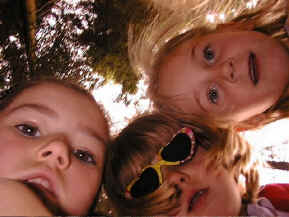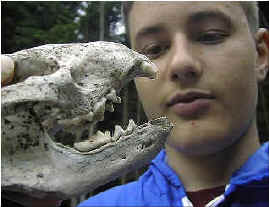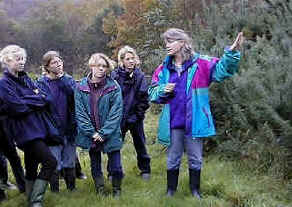The Woodland Education Centre, Offwell, Honiton, Devon, UK.
Introduction to Activities
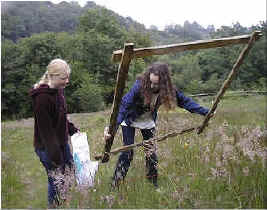 |
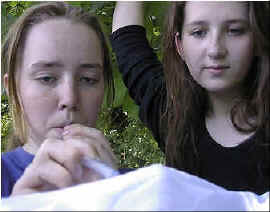 |
Whatever level you teach at, the Centre can offer just the right practical activities to suit you. Individual days can be tailored to meet your needs, whether you want to explore life and living processes in a variety of habitats, do art, mapwork, or carry out some biological sampling at Advanced level. For those involved in teaching secondary and tertiary students it can be difficult to find easily accessible local areas to demonstrate concepts such as competition and succession, or to practice biological sampling methods. The Centre is ideally suited for this because it contains such a wide variety of habitats in a relatively small area. Within the space of five or ten minutes, one can easily access ponds, streams and wetlands, a variety of broadleaf and coniferous woodlands, or emergent heathland. Classroom and technical facilities are also conveniently located on site. The Centre can provide students with an introduction to the natural world which is particularly suitable for GCSE. For A level Geography and Environmental Science, this can be combined with a look at human influence on the landscape. This particular line of enquiry makes use not only of the Centre but also of visits to nearby commercial forestry and farmland.
Don't forget to ask about our IT support. For visiting schools and colleges, there are personalized CD's to take away. The Trust's extensive website is updated weekly. It contains a great variety of educational and general interest resources for students at all levels, from Ranger's Puzzle Pages, to habitat restoration reports. In addition, the Centre has a range of audio visual equipment, including micro video cameras, which are strategically placed around the reserve. Depending on the season, webcams allow people to view wildlife sights they would never otherwise see, such as close-up details of Sparrowhawk family life.
|
Continue to detailed activities
